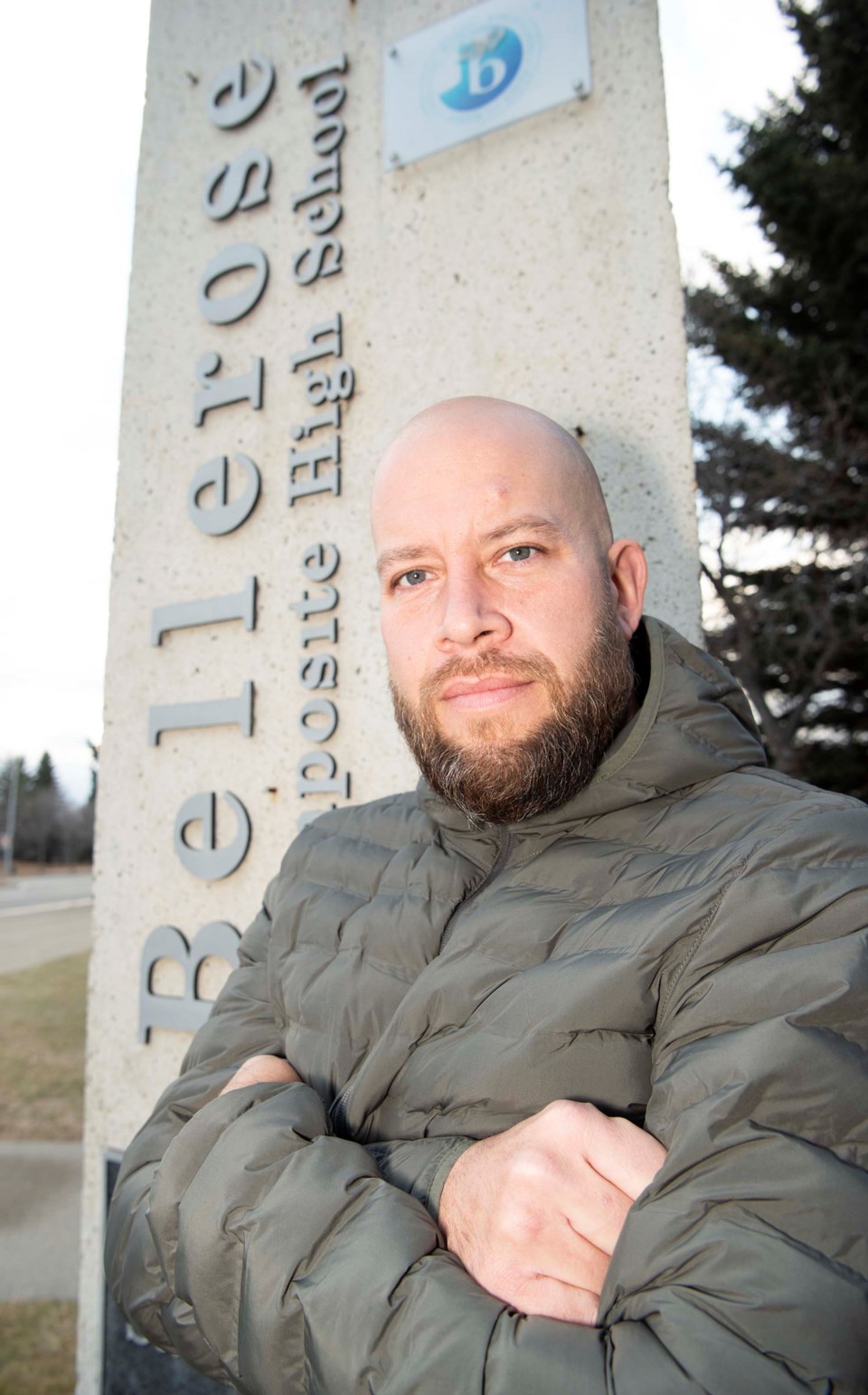Nov. 15 to 19 is Bullying Awareness Week in Canada. The Gazette spoke with St. Albert Public officials this week about current efforts to stop bullying in its tracks.
Deputy superintendent of program and planning Marianne Barrett said the district has teamed up with the University of Calgary’s Dustin Louie to do a survey on Indigenous racism starting next month. The survey is part of the district’s ongoing efforts to address institutionalized racism.
Barrett said the district has anecdotal accounts of racism in its schools and wants a more detailed picture of the problem. This voluntary, anonymous survey will ask students if they have ever experienced racism in school and what supported their success in class, among other questions. The survey will start with Indigenous students in Grades 8 to 12 but will later open up to all students.
Bullying and consequences
Bullying is any act of aggression where the bully has power over the victim, the Red Cross reports. When it involves grounds protected under human rights legislation, such as race, it is considered harassment.
An October 2021 Angus-Reid survey found that 58 per cent of Canadian students aged 12 to 17 had seen or experienced name-calling, exclusion, or bullying in school based on race or ethnicity, with Indigenous students twice as likely to have experienced race-based bullying than other students.
Bellerose teacher Jason Lafferty said he experienced a lot of racism and bullying growing up in the 1980s and 1990s.
“My nickname in high school was ‘chug,’” he said — a racist term for an Indigenous person.
That was what his friends called him, he added — others would call him “dirty Indian” or worse. The insults and treatment made him feel ashamed and less motivated to stay in school.
“I moved schools because of it.”
While it can take the form of direct insults, racism is often indirect, Louie said. Teachers may push a child toward non-academic courses or careers if they learn the kid is Indigenous, for example, or automatically lower their expectations of them. Many studies have also found that disciplinary measures disproportionately target visible minorities.
Louie said racism and bullying tells people they don’t belong and can’t succeed in school, which makes them less likely to want to go there.
“If someone’s not going to school because of bullying and harassment, that’s infringing on their basic human rights for an education.”
Public Safety Canada reported that victims of bullying are three to five times more likely to be depressed than non-victims and more likely to exhibit symptoms of suicide. Bullies themselves are 37-per-cent more likely to commit crimes as adults.
Action on racism
Louie said he and his team will use data from the upcoming survey to craft specific programs for St. Albert schools. Past surveys in B.C. led to mandatory courses on identity and racism and programs to help teach Indigenous students about their roots. He hopes to have the new programs ready to roll by next fall.
Lafferty said the racism he experienced pushed him to learn more about his culture and to tell his friends the truth about the hateful terms they used. He got into sports in university, which gave him a sense of community and belonging.
Today, Lafferty said it’s his job as a teacher to dispel racist stereotypes and support students who need help. As the Indigenous lead teacher at Bellerose, he has been organizing weekly smudging ceremonies and National Day for Truth and Reconciliation activities at the school to make the school a welcoming place for Indigenous students.
Lafferty encouraged parents and students to call out racism when they see it and to hold racists accountable for their actions.
“If you see something, say something.”
Questions on the survey should go to Barrett at [email protected].




